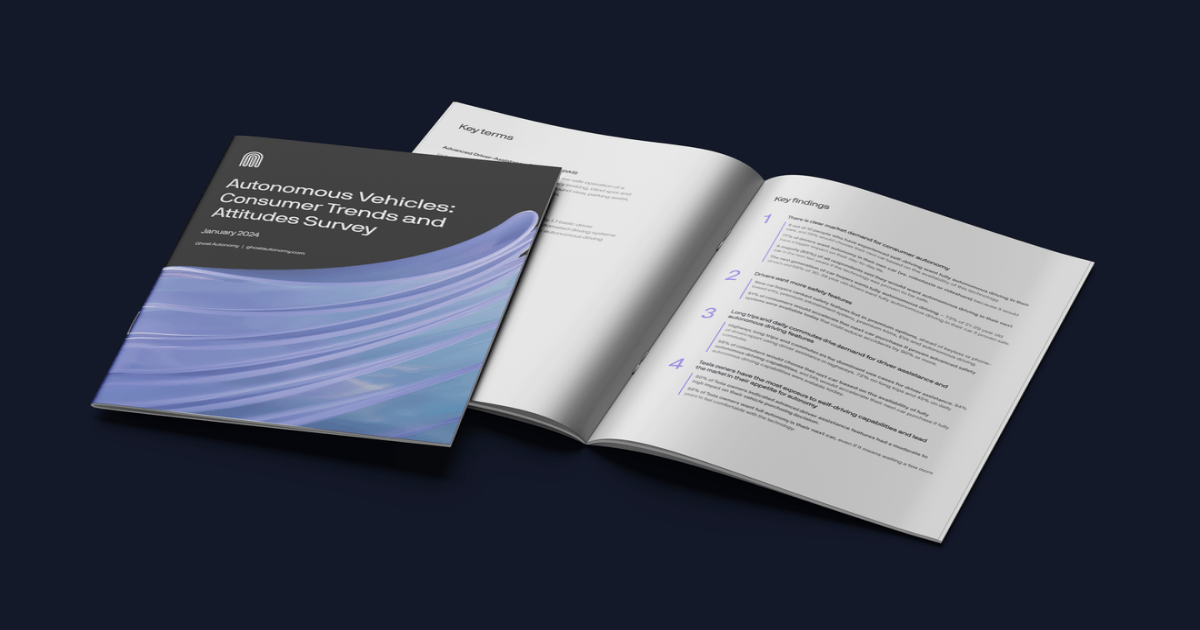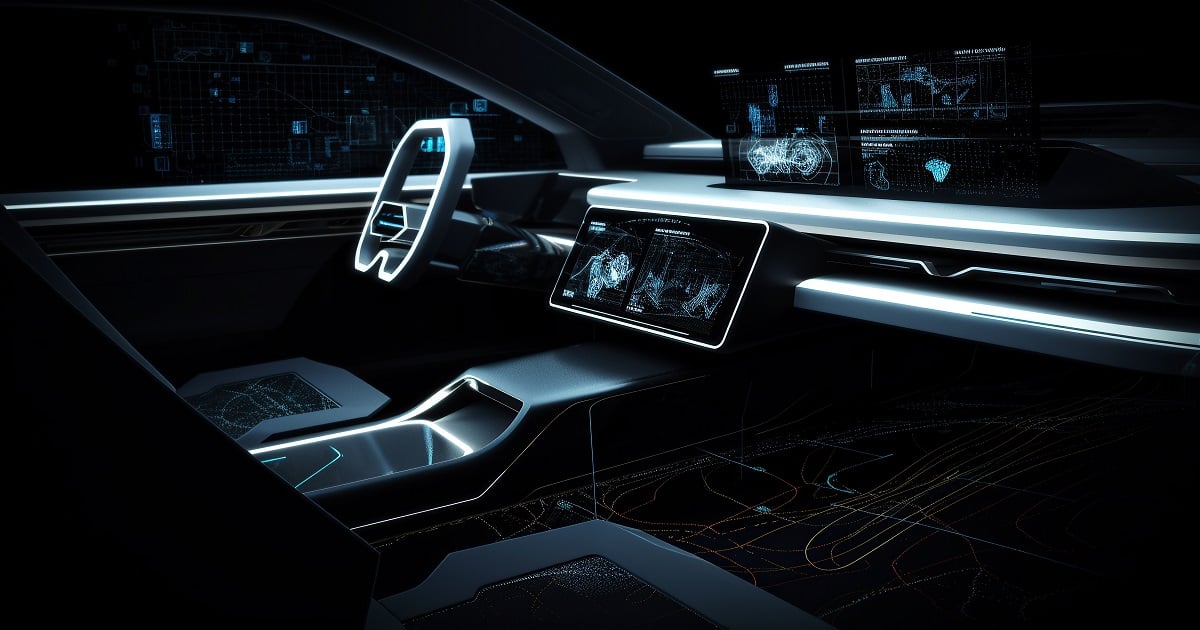Related Articles
Wind River and Hyundai Mobis Expand Partnership, Accelerating SDV Development Roadmap
Wind River and Hyundai Mobis are building on their existing partnership to further SDV development initiatives.
Read MoreRobotaxis? Personal Self-Driving Vehicles? New Data from Ghost Autonomy Examines Consumers' Preferences
In a recent survey conducted by Ghost Autonomy, consumers' preferences regarding ADAS in their own cars (versus hopping in robotaxis with similar tech…
Read MoreCognata Accelerates its ADPH Global Program with Microsoft Azure and Digital Twin-Based Simulations
Cognata and Microsoft announced their collaboration to drive the former's Automated Driving Perception Hub (ADPH) global program with unique sensor mo…
Read MoreBlackBerry and Intellias Establish Strategic Partnership to Streamline SDV Development via BlackBerry IVY Platform
Blackberry and Intellias recently established a strategic technology partnership. According to an Intellias representative, "Intellias will become a d…
Read MoreSonatus Gives Drivers and Fleet Managers Customizable Experiences with New Solution
Sonatus introduced its Vehicle Personalization Solution, a cost-effective yet technologically advanced tool that allows automakers to democratize pers…
Read More




